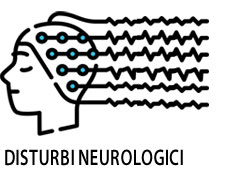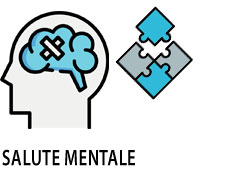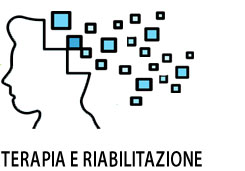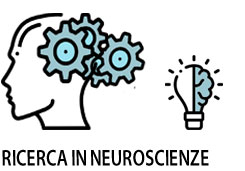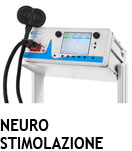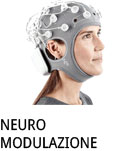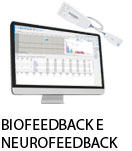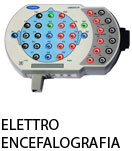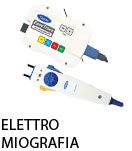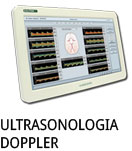- +39 011 5821948
- info@geasoluzioni.it
- Lun - Ven 8:00 - 17:30
Pubblicazioni
A combined transcranial direct current stimulation and virtual reality-based intervention on upper limb function in chronic stroke survivors with severe hemiparesis
- Abstract:
- Rehabilitation options for stroke survivors who present severe hemiparesis in chronic stages are limited and may end in compensation techniques that involve the use of the less affected arm to achieve some degree of functional independence. Passive mobilization, mirror therapy, or motor imagery are the scant alternatives that try to involve the hemiparetic arm into the rehabilitation process. Transcranial direct current stimulation (tDCS) is a non-invasive technique that has been used after stroke to promote excitability of the surviving neural architecture in order to support functional recovery. Interestingly, cortical excitability has been reported to increase when tDCS is combined with virtual reality. This synergetic effect could explain the promising results achieved by preliminary experimental interventions that combined both approaches on upper limb rehabilitation after stroke. However, the efficacy of these interventions in subjects with severe hemiparesis has not been explored, at least in part, because their restriction of movements may limit their interaction with common virtual reality systems. We present a tDCS enhanced virtual reality-based intervention that enables interaction and multimodal stimulation of subjects with severe hemiparesis after stroke and evaluate its efficacy in seven chronic participants. Results showed clinically important improvement in the body functions and activities after the intervention, and a maintenance of gains weeks after. Although further studies are needed, the efficacy of this intervention is promising.
- Patologie/Applicazioni:
- Anno:
- 2017
- Tipo di pubblicazione:
- Articolo
- Parola chiave:
- stroke; neuromodulazione; stimolazione elettrica transcranica
- Testata scientifica:
- Virtual Rehabilitation (ICVR)
- Nota:
- Questo studio valuta l'utilizzo combinato di realtà virtuale (VR) e stimolazione elettrica transcranica (tDCS) per la riabilitazione motoria di pazienti con stroke. La sperimentazione di un intervento riabilitativo con tDCS basato sulla realtà virtuale in pazienti con emiparesi post-stroke ha dato come risultati un importante miglioramento delle funzioni motorie e un mantenimento del beneficio per diverse settimane dopo il trattamento.
- DOI:
- 10.1109/ICVR.2017.8007486
La nostra storia
GEA soluzioni si affaccia nel 2013 al mercato della strumentazione medicale di alto livello tecnologico ma la sua storia parte da più lontano, clicca qui per approfondire.
GEA SOLUZIONI SRL
via Issiglio 95/10, Torino
Tel.: 011 5821948 / 011 4463853
Fax: 011 0433281
Email: info @ geasoluzioni.it
P. IVA IT11696920013
REA TO1233648

